Moon House
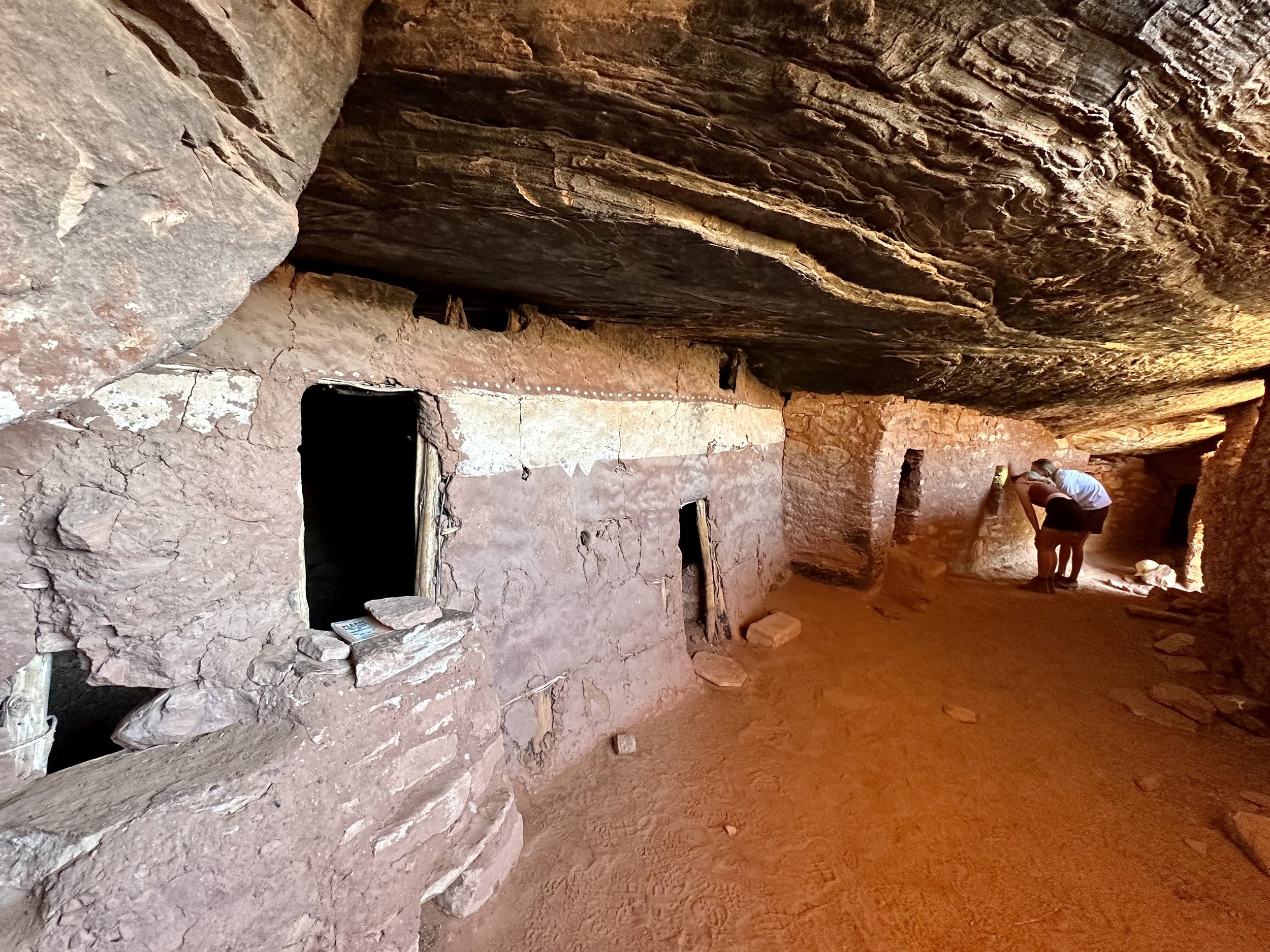

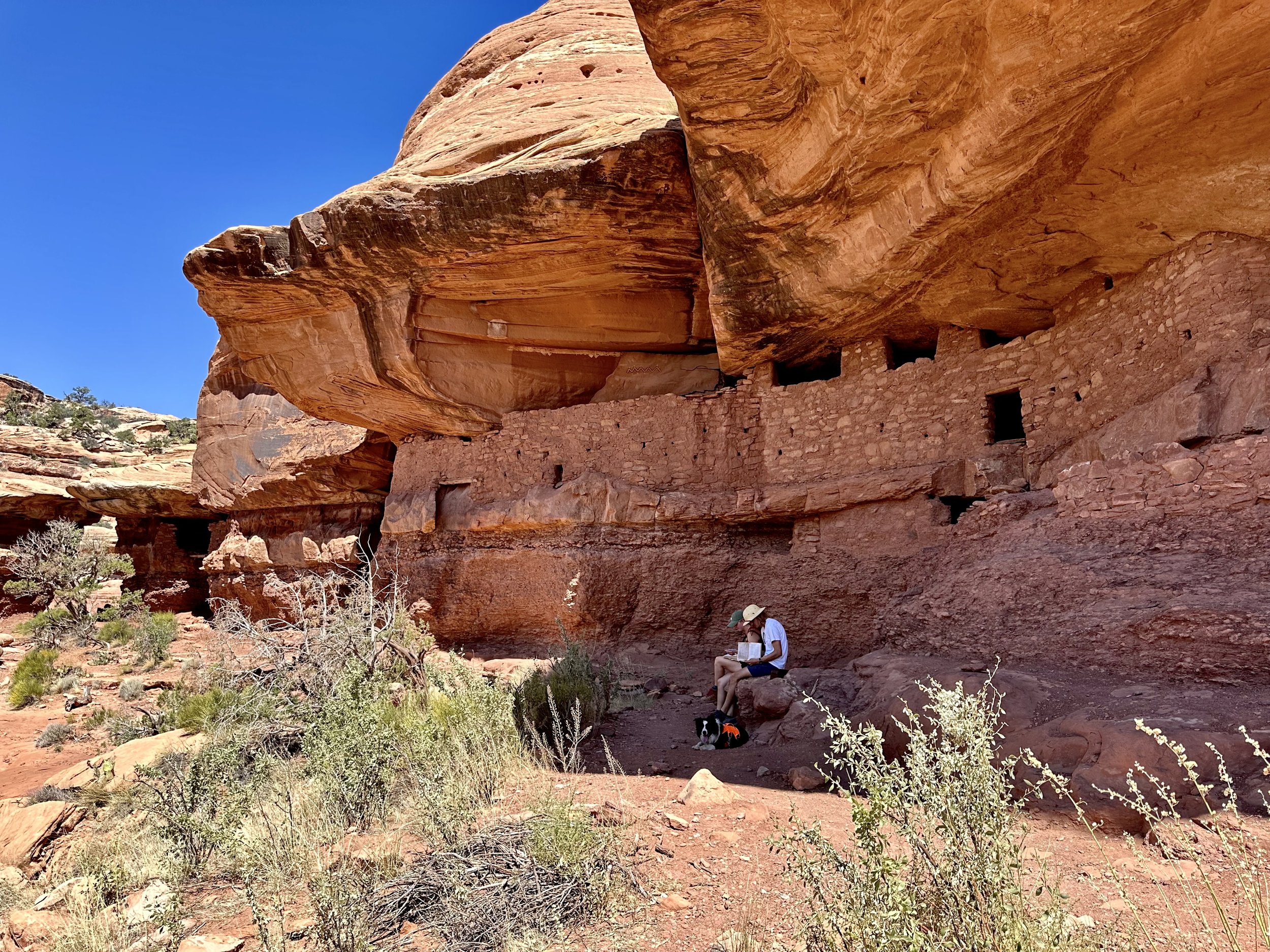
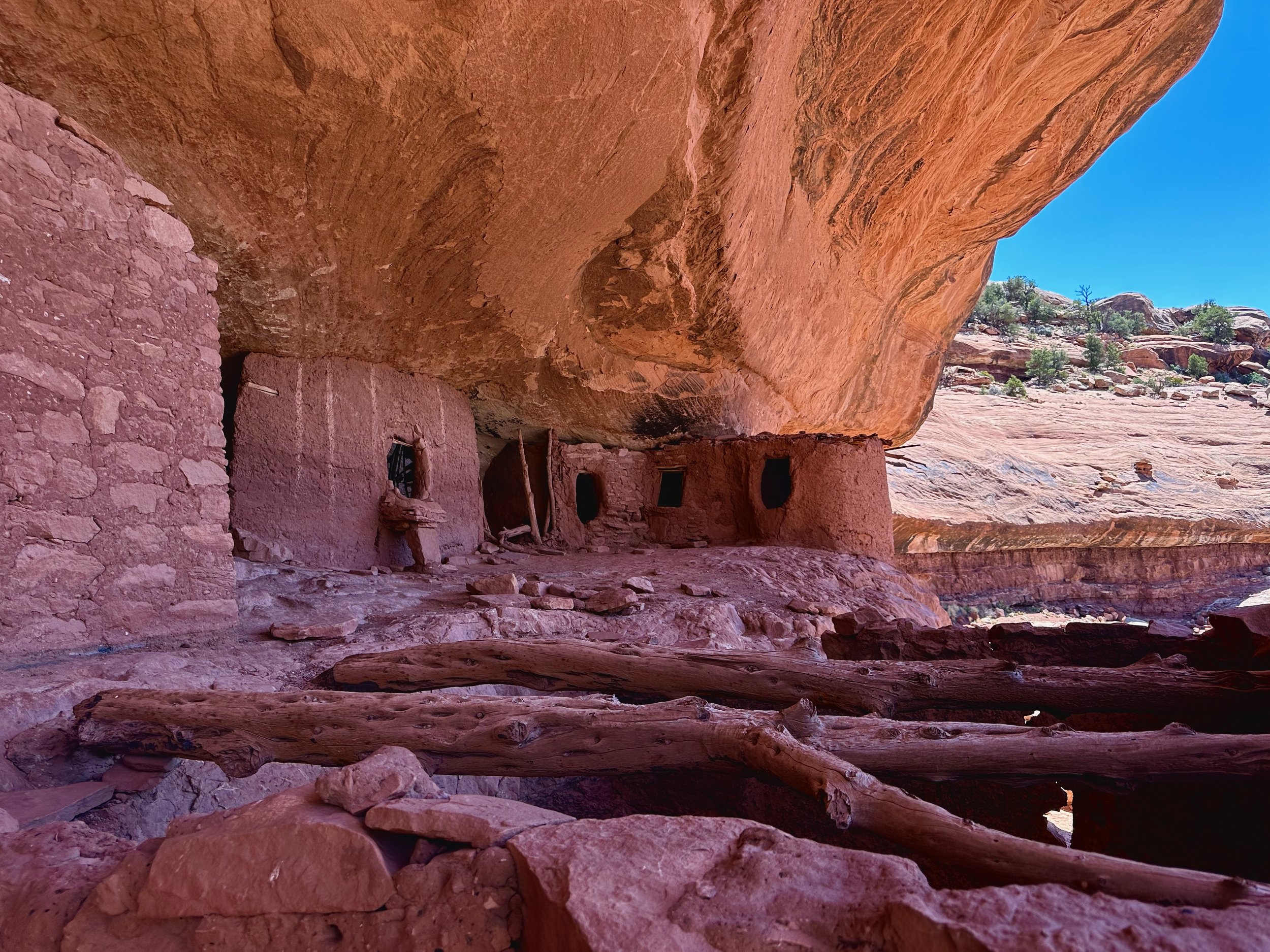
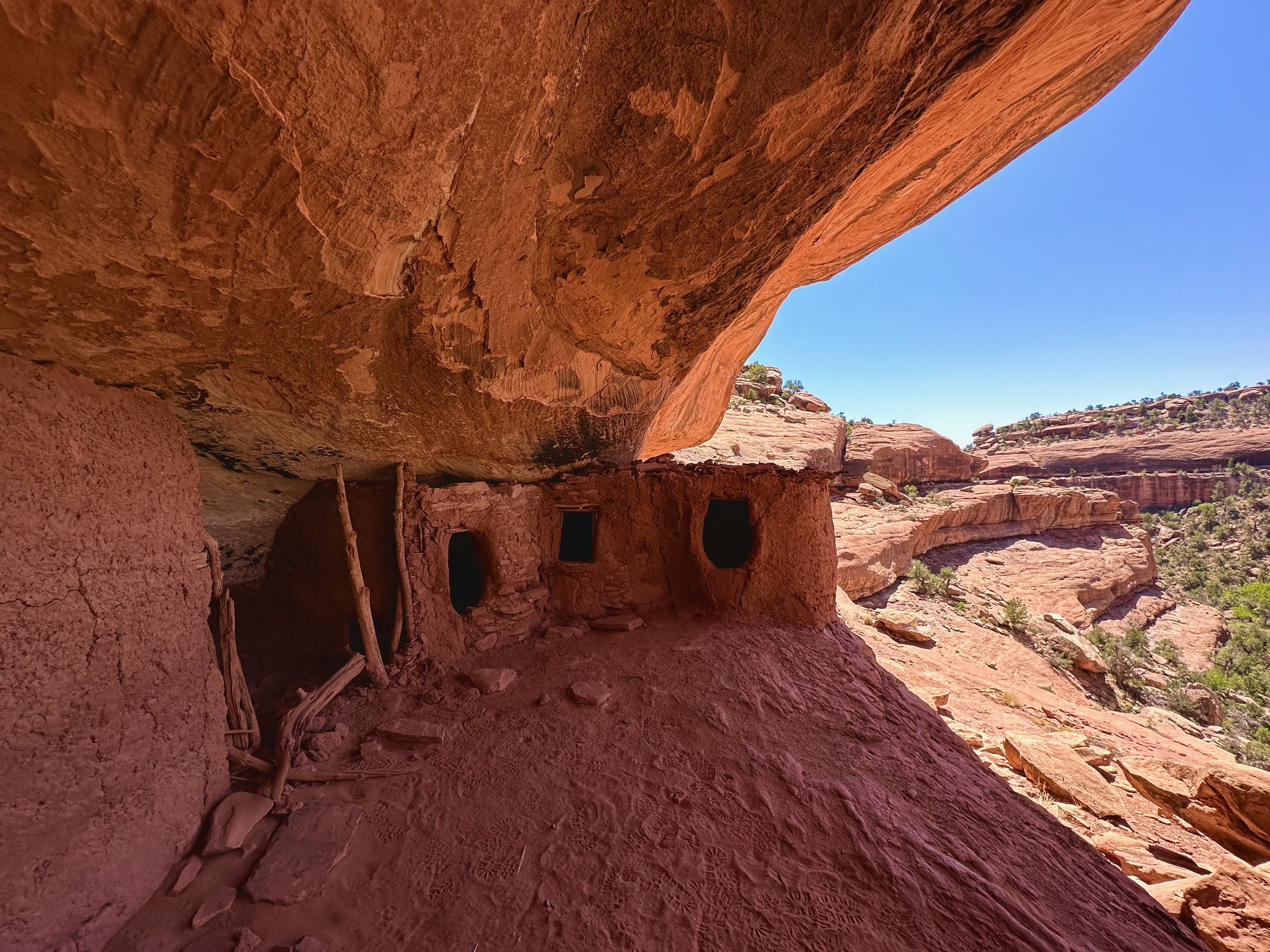
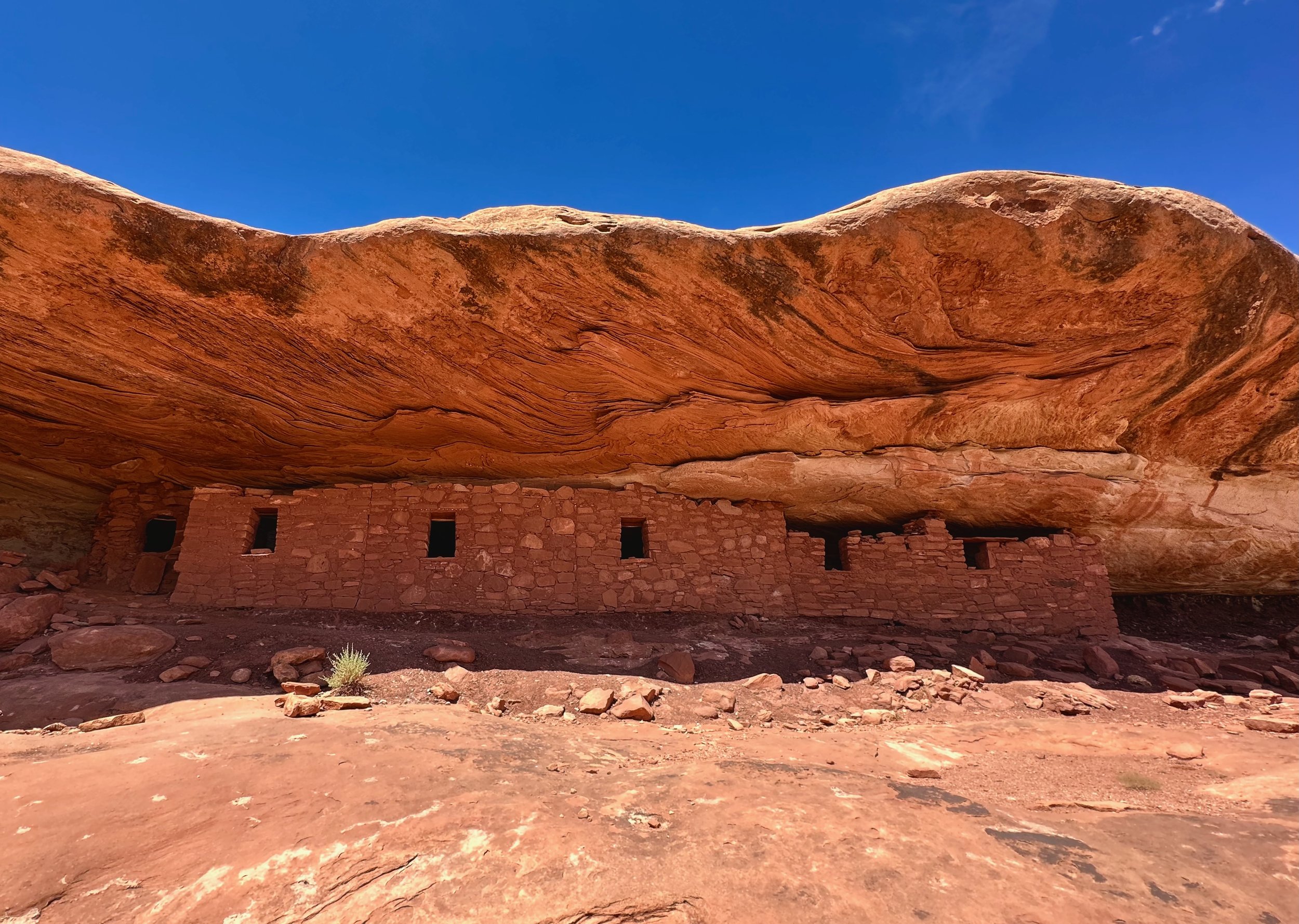
Moon House
Trailhead Distance to Dark Canyon: 8 Miles
Coordinates: 37.41731356410288, -109.79945982897064
Overview: Moon House is one of the most remarkable and well-preserved Ancestral Puebloan cliff dwellings in Southeastern Utah. Located in McLoyd Canyon, part of Cedar Mesa within Bears Ears National Monument, Moon House offers visitors a unique glimpse into the lives of the people who inhabited this region over 800 years ago. Known for its distinctive architectural features and rich history, this site is a must-see for those interested in archaeology, history, and the beauty of the American Southwest.
Key Highlights:
Ancient Cliff Dwellings:
Moon House is a complex multi-room dwelling constructed by the Ancestral Puebloans, also known as the Anasazi, around 1200 A.D. The site features well-preserved structures built into a cliff alcove, with several rooms, kivas, and unique elements such as painted walls and multi-story buildings. The main structure is named for the crescent moon symbol painted on the interior wall of one of the rooms, adding a layer of mystery to its origins and use.
Unique Architectural Features:
What sets Moon House apart is its intricate layout and the presence of defensive walls that suggest it may have served as a refuge or a place of protection. The site’s design includes rooms with white plaster walls, which are uncommon among other ruins in the area, and some that still retain vibrant red and white paint. These details provide valuable insights into the architectural ingenuity and cultural practices of the Ancestral Puebloans.
Remote and Intimate Experience:
Unlike more accessible archaeological sites, Moon House offers a remote and intimate experience. The hike to Moon House is moderately challenging, involving a descent into McLoyd Canyon and navigating rocky terrain, making it ideal for adventurous travelers looking for a more secluded and authentic connection to the past. The remoteness of the site means fewer crowds and a more personal exploration of this ancient dwelling.
Cultural Significance:
Moon House is an important cultural site for contemporary Native American tribes, including the Hopi and Navajo, who consider these ancient dwellings and the surrounding lands to be sacred. Visitors are encouraged to respect the cultural heritage and the sanctity of the site by following Leave No Trace principles and staying on marked trails.
Visitor Guidelines:
A permit is required to visit Moon House, which helps manage the impact of visitors and protect the fragile structures. Permits can be obtained from the Kane Gulch Ranger Station. The hike to the site is approximately 3 miles round-trip and is rated as moderately strenuous. Visitors should come prepared with plenty of water, proper hiking shoes, and a sense of adventure.
Tips for Visitors:
Due to the remote location, ensure you have a high-clearance vehicle, as the access roads can be rough.
Always bring enough water, food, and sun protection, and be prepared for the desert climate.
Do not touch or enter the structures to help preserve them for future generations.
Consider hiring a local guide for a more informative experience and deeper understanding of the site's history.
Moon House is more than just an archaeological site; it is a journey into the ancient past, offering a rare and immersive experience for those willing to venture off the beaten path. With its unique architecture, stunning cliffside location, and cultural significance, Moon House is a destination that should not be missed by anyone exploring the rich heritage of Southeastern Utah.
